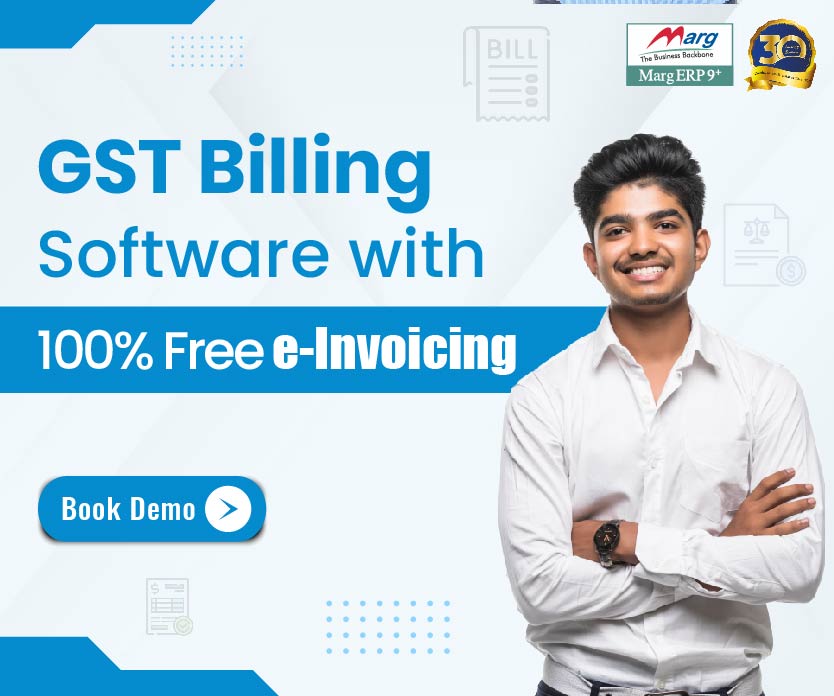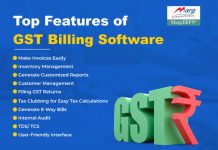Equity investment is one of the most popular ways to generate wealth in the long term. However, it comes with a significant amount of risk. As a result, many individuals are hesitant to invest their hard-earned money in equity-linked instruments. Equity-Linked Saving Schemes (ELSS) provide a way for investors to invest in equity while also availing of tax benefits. This article provides an introduction to ELSS, its features, benefits, and risks.
What is ELSS? Equity-Linked Saving Schemes (ELSS) are mutual fund schemes that invest primarily in equity shares. These schemes are designed to provide investors with tax benefits under Section 80C of the Income Tax Act, of 1961. ELSS has a lock-in period of three years, which means that investors cannot withdraw their investments before the end of this period.
Features of ELSS:
- Investment in Equity: ELSS primarily invests in equity shares of various companies. As a result, investors can benefit from the potential growth of these companies.
- Tax Benefits: ELSS offers tax benefits to investors. Under Section 80C of the Income Tax Act, investors can claim a deduction of up to Rs. 1.5 lakhs in a financial year.
- Lock-in Period: ELSS has a lock-in period of three years. This means that investors cannot withdraw their investments before the end of this period.
- Diversification: ELSS invests in a diversified portfolio of stocks across various sectors. This helps in reducing the risk of investment.
Benefits of ELSS:
- Tax Benefits: ELSS offers tax benefits to investors. This makes it an attractive investment option for individuals who want to save on taxes.
- Potential for High Returns: ELSS primarily invests in equity shares of companies. This provides investors with the potential for high returns.
- Diversification: ELSS invests in a diversified portfolio of stocks across various sectors. This helps in reducing the risk of investment.
- Disciplined Investing: ELSS has a lock-in period of three years. This helps in disciplining investors to stay invested for the long term.
- Systematic Investment: ELSS provides investors with the option of investing systematically through SIP (Systematic Investment Plan). This helps investors in achieving their long-term financial goals.
Risks of ELSS:
- Market Risk: ELSS invests primarily in equity shares of companies. This makes it vulnerable to market risks, such as volatility and fluctuations in the stock market.
- No Guaranteed Returns: ELSS does not provide any guaranteed returns. The returns on investment depend on the performance of the underlying assets.
- Lock-in Period: ELSS has a lock-in period of three years. This means that investors cannot withdraw their investments before the end of this period.
- Portfolio Risk: ELSS invests in a diversified portfolio of stocks across various sectors. However, the portfolio may not perform as expected, resulting in a lower return on investment.
Final Conclusion
Conclusion: ELSS provides investors with an opportunity to invest in equity while also availing tax benefits. The scheme comes with a lock-in period of three years, which helps in disciplining investors to stay invested for the long term. However, investors must be aware of the risks associated with the scheme, such as market risk and portfolio risk. It is important to evaluate one’s financial goals and risk appetite before investing in ELSS. Overall, ELSS is a good investment option for individuals who want to save taxes and generate wealth in the long term.
Other Related Blogs: Section 144B Income Tax Act






